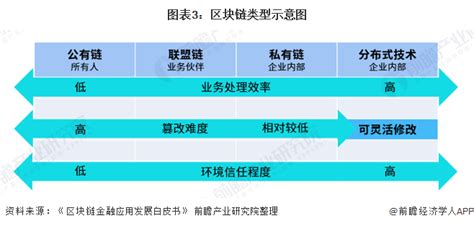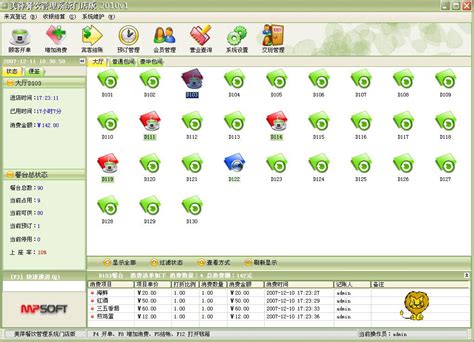Exploring the Slopes of Blockchain Technology
Blockchain technology has revolutionized various industries, offering decentralized solutions, enhanced security, and increased transparency. However, navigating the intricate slopes of blockchain requires a blend of understanding its core principles, exploring its applications, and recognizing its challenges. In this comprehensive guide, we'll delve into the world of blockchain, exploring its slopes, and providing insights and guidance for enthusiasts and professionals alike.
Understanding Blockchain Technology
At its essence, blockchain is a distributed ledger technology that securely records transactions across multiple computers in a way that is transparent, immutable, and resistant to tampering. Let's break down some key concepts:
1.
Decentralization
: Traditional systems rely on centralized authorities to verify and authenticate transactions. In contrast, blockchain operates on a decentralized network, where transactions are validated by consensus among participants, eliminating the need for intermediaries.2.
Immutability
: Once data is recorded on the blockchain, it cannot be altered or deleted. Each block contains a cryptographic hash of the previous block, creating a chain of blocks that ensures the integrity of the entire ledger.3.
Transparency
: Blockchain transactions are transparent and publicly accessible. Anyone can view the entire transaction history, promoting accountability and trust among users.Applications Across Industries
Blockchain technology has sparked innovation across various sectors, disrupting existing processes and introducing new possibilities. Here are some notable applications:
1.
Finance and Banking
: Blockchain enables faster and more costeffective crossborder payments, reduces fraud through transparent transaction records, and facilitates peertopeer lending without intermediaries.2.
Supply Chain Management
: By tracing the journey of products from manufacturer to consumer, blockchain enhances supply chain transparency, reduces counterfeiting, and improves product authenticity and safety.3.
Healthcare
: Blockchain securely stores and shares patient records, ensuring privacy and interoperability between healthcare providers. It also facilitates drug traceability and clinical trial management.4.
Real Estate
: Blockchain streamlines property transactions by digitizing assets, automating contract execution, and providing transparent ownership records, thereby reducing fraud and increasing efficiency.5.
Identity Management
: Blockchain offers a secure and decentralized solution for identity verification, reducing the risk of identity theft and providing individuals with control over their personal data.Navigating the Challenges
While blockchain holds immense potential, it faces several challenges that must be addressed for widespread adoption:
1.
Scalability
: As blockchain networks grow, scalability becomes a significant concern. Improving transaction throughput and reducing latency are critical for accommodating increasing demand.2.
Interoperability
: Different blockchain platforms often operate in isolation, hindering seamless communication and data transfer between networks. Interoperability solutions are essential for integrating diverse systems.3.
Regulatory Compliance
: Regulatory uncertainty poses a challenge for blockchain adoption, particularly in highly regulated industries like finance and healthcare. Clear and adaptable regulatory frameworks are necessary to foster innovation while ensuring compliance.4.
Security
: While blockchain is inherently secure, vulnerabilities can arise from smart contract bugs, 51% attacks, and centralized points of failure. Robust security measures and ongoing audits are essential for protecting against threats.Guidance for Blockchain Enthusiasts

Whether you're an entrepreneur exploring blockchain applications or a developer diving into smart contract development, here are some tips to navigate the slopes of blockchain successfully:
1.
Stay Informed
: Keep abreast of the latest developments, trends, and research in blockchain technology through reputable sources, forums, and industry events.2.
Experiment and Learn
: Handson experience is invaluable in understanding blockchain concepts and technologies. Experiment with blockchain platforms, build projects, and participate in hackathons to hone your skills.3.
Collaborate and Network
: Join blockchain communities, attend meetups, and engage with likeminded individuals to share knowledge, collaborate on projects, and stay motivated on your blockchain journey.4.
Focus on ProblemSolving
: Identify realworld challenges that blockchain can address and focus your efforts on developing practical solutions. Understand the needs of endusers and design solutions that provide tangible benefits.Conclusion
As we traverse the slopes of blockchain technology, we encounter a landscape of innovation, challenges, and opportunities. By understanding its core principles, exploring diverse applications, and addressing key challenges, we can unlock the full potential of blockchain to transform industries and reshape the future of technology and society.
Remember, the journey is as important as the destination. Embrace the learning process, stay adaptable, and continue pushing the boundaries of what blockchain can achieve. Together, we can shape a more decentralized, transparent, and inclusive world powered by blockchain technology.











